Tallow is best rendered via “wet rendering” not “dry rendering.”
Dry rendering has far less yield and more impurities which can result in a smell and taste taint.
You will need:
- Trimmed beef fat
- A large stock pot
- Mason jars or other airtight, non-reactive containers
- A meat grinder* (or sharp knife)
- Coffee filters or cheese cloth
*The grinder is optional as you can use a knife to cube the trim up. A grinder will expose far more of the fat for rendering purposes and increase your tallow yield.
Take the Trimmed Meat Out of the Freezer
If the trim is frozen, allow it to thaw until it’s somewhat malleable.
If it’s unfrozen, put in a freezer bag and toss in the freezer for 30-60 minutes.
Cube up the Trim, Remove Lean Meat
With your knife, start by trimming the meat – removing large pieces of lean.
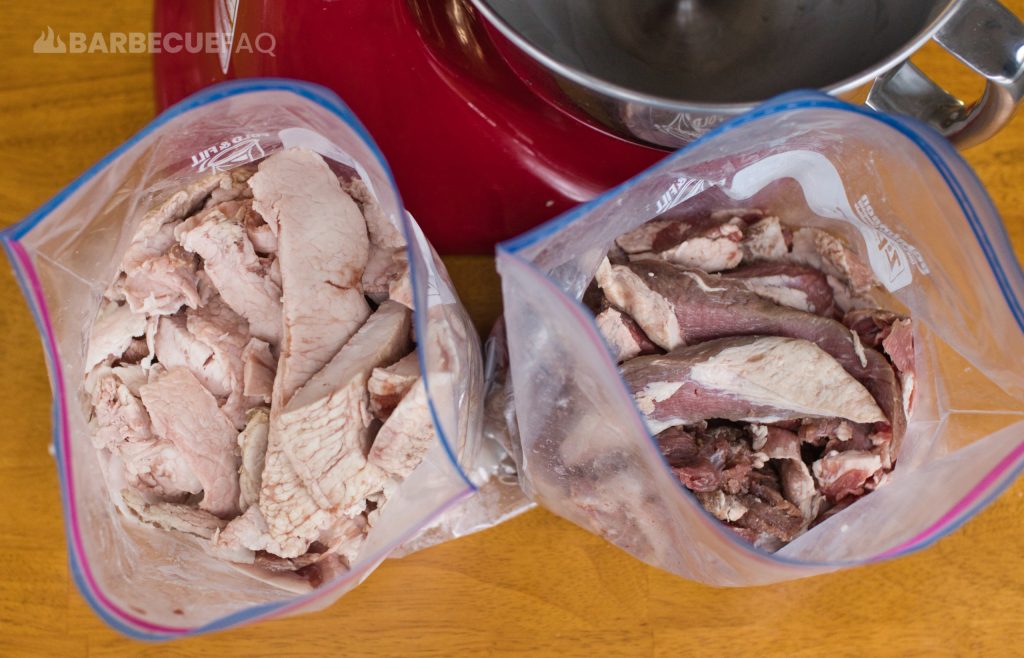
Remember: Our “liquid gold” comes from the liquefying of the fat, not the lean meat.
Once you’ve trimmed the lean as best you can, start sending this through your meat grinder or use your knife to cut the fat into a fine mince.
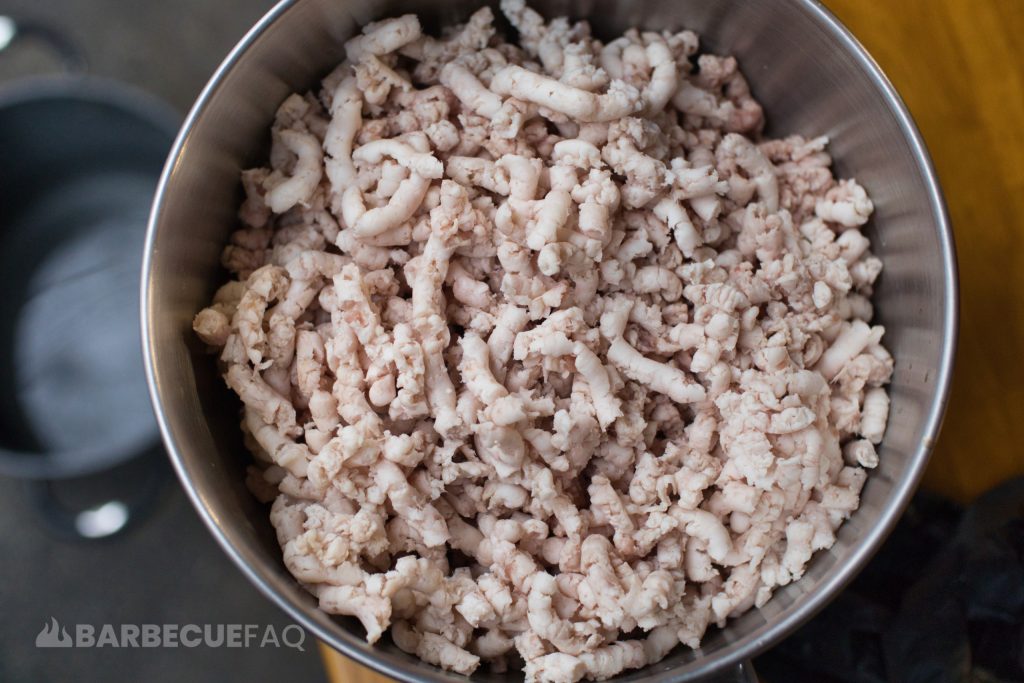
You can spend as much time as you’d like here but as the fat comes up in temperature it will start to smear and become a pain to work with.
As you trim, transfer to your stock pot.
Wet Rendering the Fat
Wet rendering simply means to render in a liquid – in this case water.
You will need:
- A stock pot
- 2 cups of water per pound of trim (10+ cups is usually a safe bet if you don’t have a scale)
Add your trimmed meat to the stock pot.
Add 10+ cups of water to the stock pot.
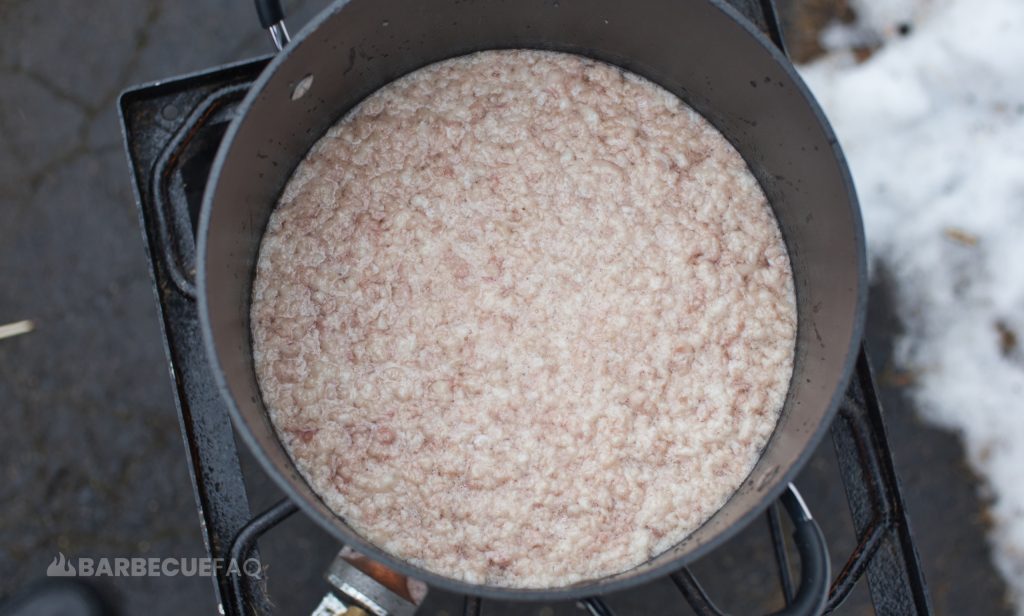
You then want to get the water to a boil; Boil for 2 hours.
Continue stirring/agitating the trim throughout the 2 hours.
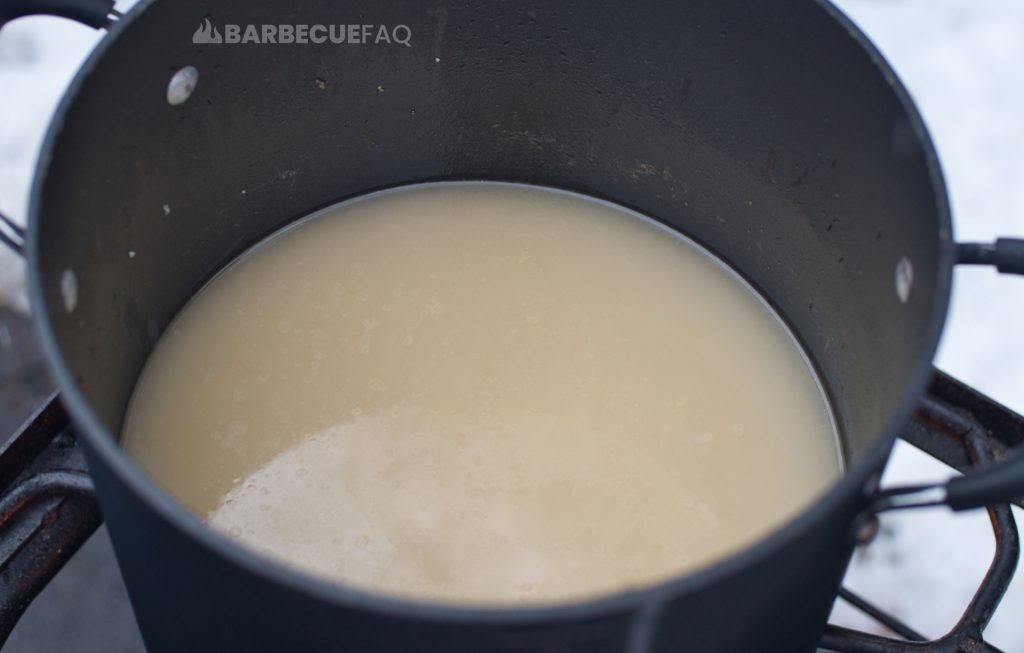
After two hours, allow the pot to cool and then transfer to your refrigerator.
It’s winter as I’m writing this so I simply put the stock pot in a snow bank, covered it and waited.
Once the tallow/fat has solidified on top, you can pop the “disc” of hard fat out.
There will be some gritty bits that remain on the bottom (from the water/lean meat), you can use a butter knife to scrape this away and remove it.
Don’t worry if some remains, this will be filtered later on.
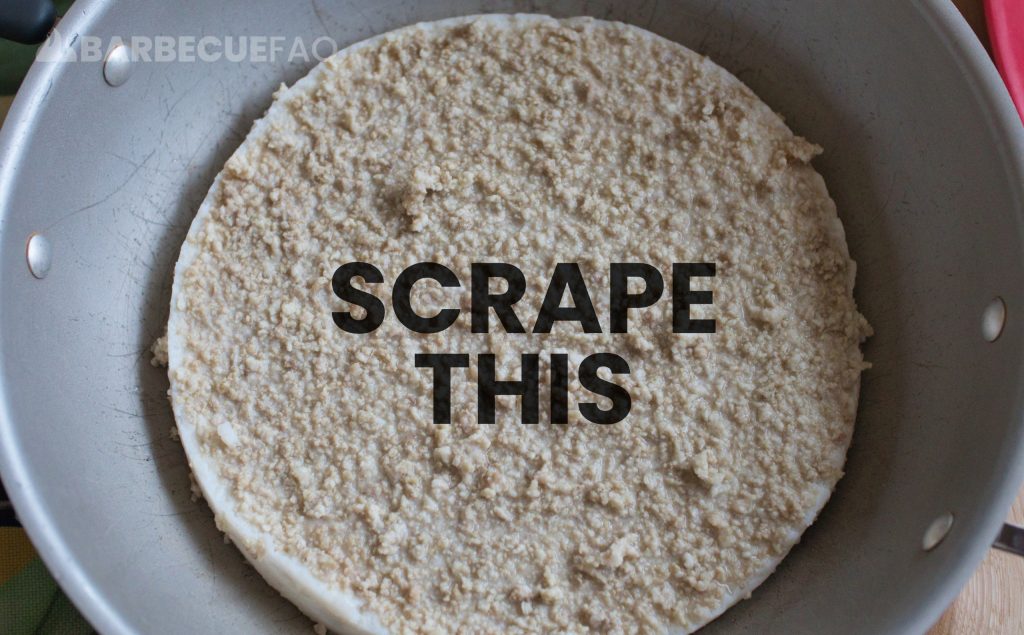
Then reheat the tallow disc in a large pan – only enough to liquify it.
DO NOT heat this to an extreme temperature where-in you’re deep fat frying.

Take a cone coffee filter or a cheese cloth and put that at the top of the mason jar and then pour some of your liquefied tallow into the coffee filter.
If you have a funnel, use it.
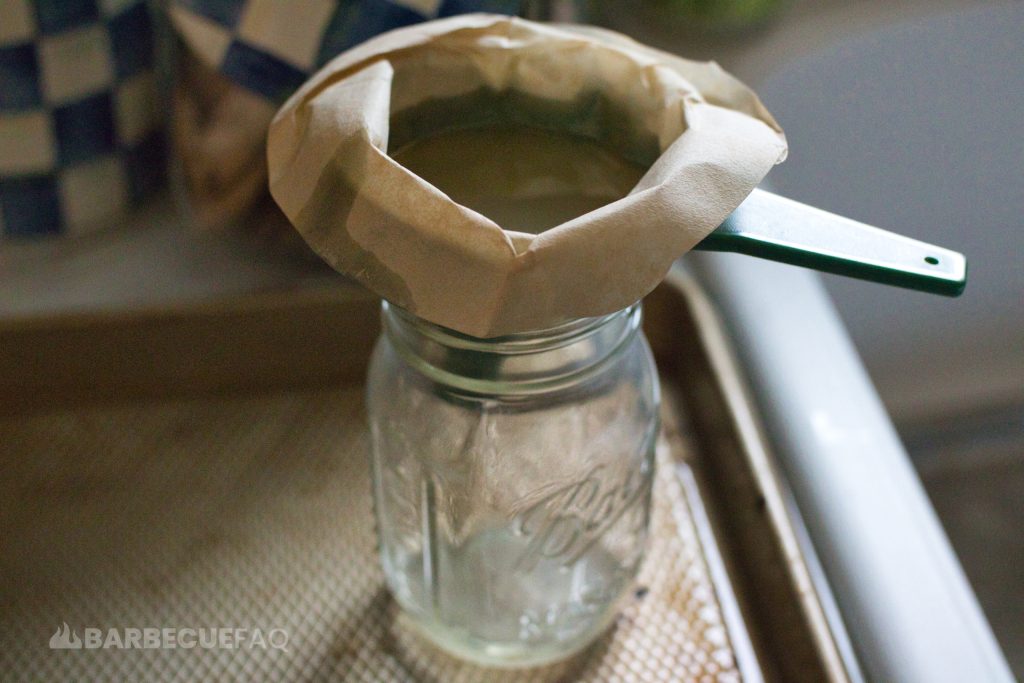
This process will take several hours (possibly all day) but it really helps to ensure the tallow is as clean as possible.
Note: If you notice that your coffee filter isn’t dripping as efficiently, restart with a new coffee filter; You may very well go through 10+ coffee filter.
Your tallow also may start to solidify in the pan, just reheat slightly.
Once completely drained, put your airtight lid on and store the tallow in your refrigerator. The tallow will solidify and you can use as needed.
Tallow rendered this way is far cleaner and has far less odor/taste taint than other methods you’ll find online.



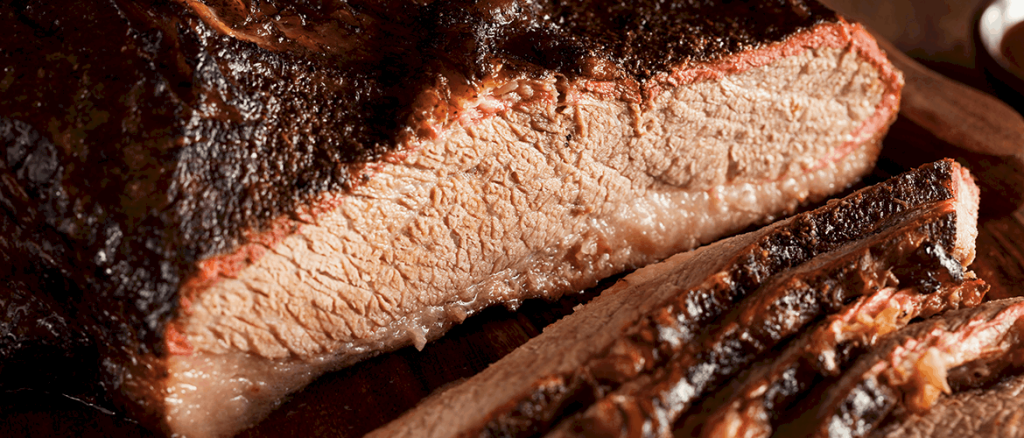


2 comments
Neil
Dylan,
I am making tallow now using the wet method, but I am going to try using the meat grinder then just letting stuff solidify in the pot. That sounds like it will save a lot of time. A couple of questions: What do you do with the trimmings, what do you do with the lower disk of cracklins and water, have you tried to discover the shelf life of the tallow at room temperature?
Neil
Dylan Clay
Hey Neil!
What do you mean by “letting stuff solidify in the pot”? You still intend to boil the fat correct?
So all my beef trimmings end up as hamburger grind and then I freeze it for later.
The lower disk of “Cracklings” aren’t really cracklings anymore. They’re a combination of boiled beef, cartilage, and sinew. They are discarded in the trash after I filter them with a coffee filter. I personally wouldn’t suggest eating that stuff.
Again you’re not shallow frying them, which would create cracklings. The point of wet rendering is to increase tallow yield as much as possible while minimizing odor and taste taint.
I also don’t store tallow at room temperature, I keep it in my refrigerator.
This article was originally published January 2024. I still have 1 bottle of the same tallow in refrigerator.
Hope that the above helps in some capacity!
-Dylan